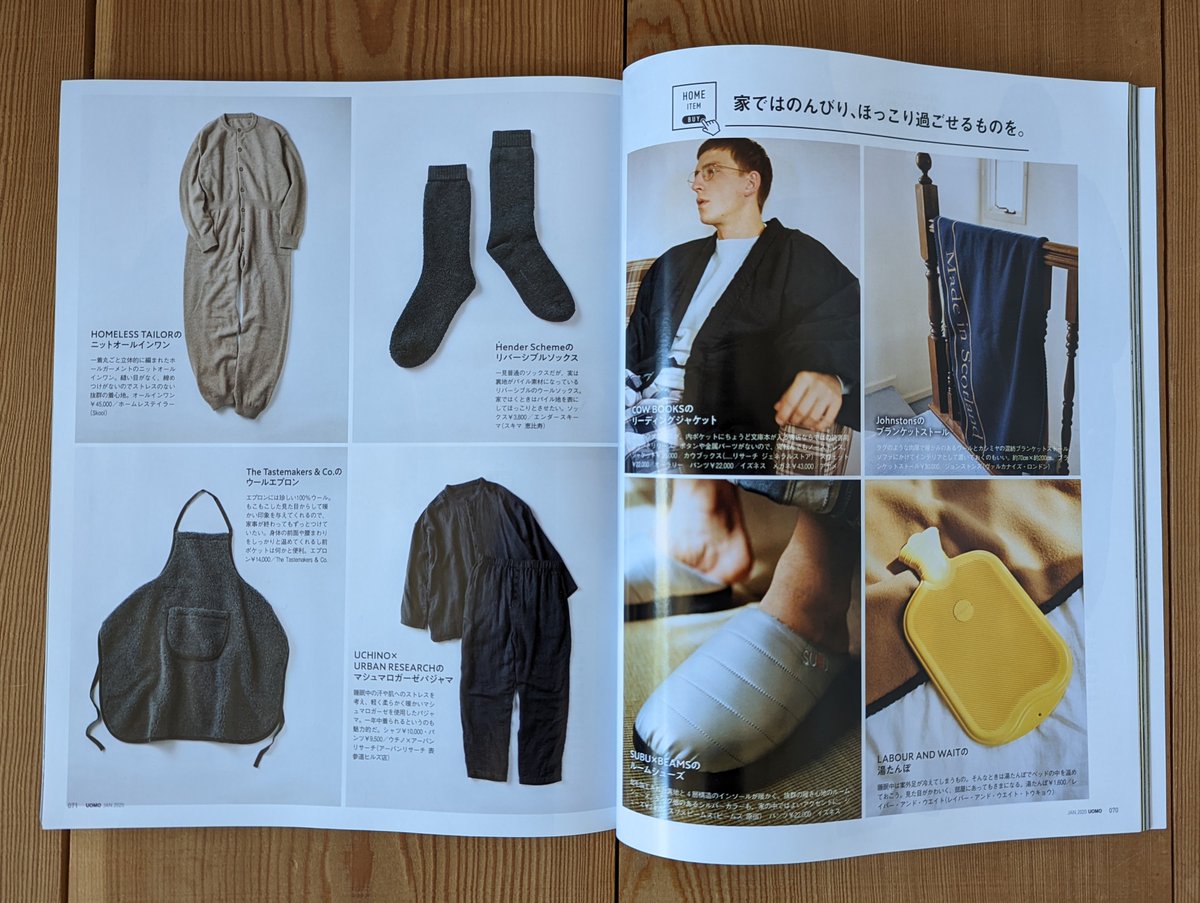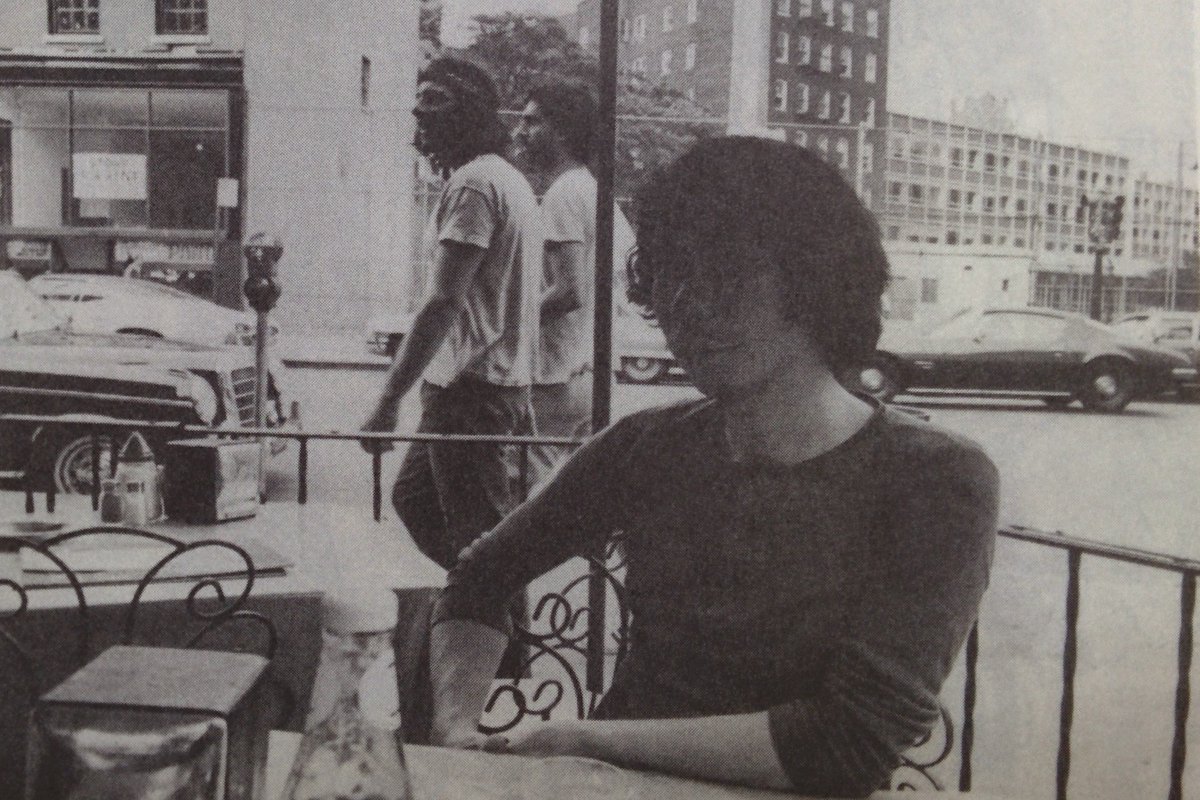Japanese rock-and-roller Yuya Uchida 内田裕也 (1939-2019) has died. He was arguably more famous for his album cover art and bombastic personality than for any of his actual music. 



Yuya's legacy is interesting as a sort of alternative history. In the late 1960s, there was a big debate between Yuya and the band Happy End about the proper direction of Japanese rock.
Yuya said the lyrics had to be in English, with the idea that the Japanese would have to sing the language of Western rock to appeal to the West.
Happy End called for Japanese lyrics that spoke to a Japanese experience.
Happy End called for Japanese lyrics that spoke to a Japanese experience.
Happy End won this battle and it wasn't even close. Haruomi Hosono from Happy End influenced or produced almost every Japanese act respected in the West: Yellow Magic Orchestra, Akiko Yano, Pizzicato Five, etc.
Eiichi Ohtaki from Happy End defined the 1980s with his album Long Vacation.
Yuya Uchida is the hero of Julian Cope's Japrocksampler, a book that posits (unconsciously), what if Happy End didn't win the war. Yuya was the spiritual leader of that side of Japanese rock, while the rest of Japanese music moved forward, much deeper into experimentation.
Happy End essentially set the paradigm for Japanese alternative music. Their album "Kazemachi Roman" is seen as the best Japanese album of all time.
Yuya Uchida's work has been relegated to interesting period music.
Yuya Uchida's work has been relegated to interesting period music.
If there's a lesson here for creating cultural significance:
Yuya Uchida was too reverent to the exact *form* of Western rock and wouldn't adapt it.
Happy End were reverent to the *spirit* and *taste* of Western music and adapted the form to be authentic to their own experience
Yuya Uchida was too reverent to the exact *form* of Western rock and wouldn't adapt it.
Happy End were reverent to the *spirit* and *taste* of Western music and adapted the form to be authentic to their own experience
• • •
Missing some Tweet in this thread? You can try to
force a refresh





















